Thanks to its wide experience in environmental planning, VDP developed specific knowledge and instruments regarding Preliminary Archaeology, finalized to the Assessment of the Archaeological Risk and the realization of possible preliminary investigations with the goals to assess the impact of projects on artistic, historic and archeological heritage of the territory.
With the collaboration of archaeologists and specialized professionals, and the support of modern technologies, VDP manages the whole process, dealing with planning, coordination and realization of all the activities involved in the different stages and in observance of the current regulations.
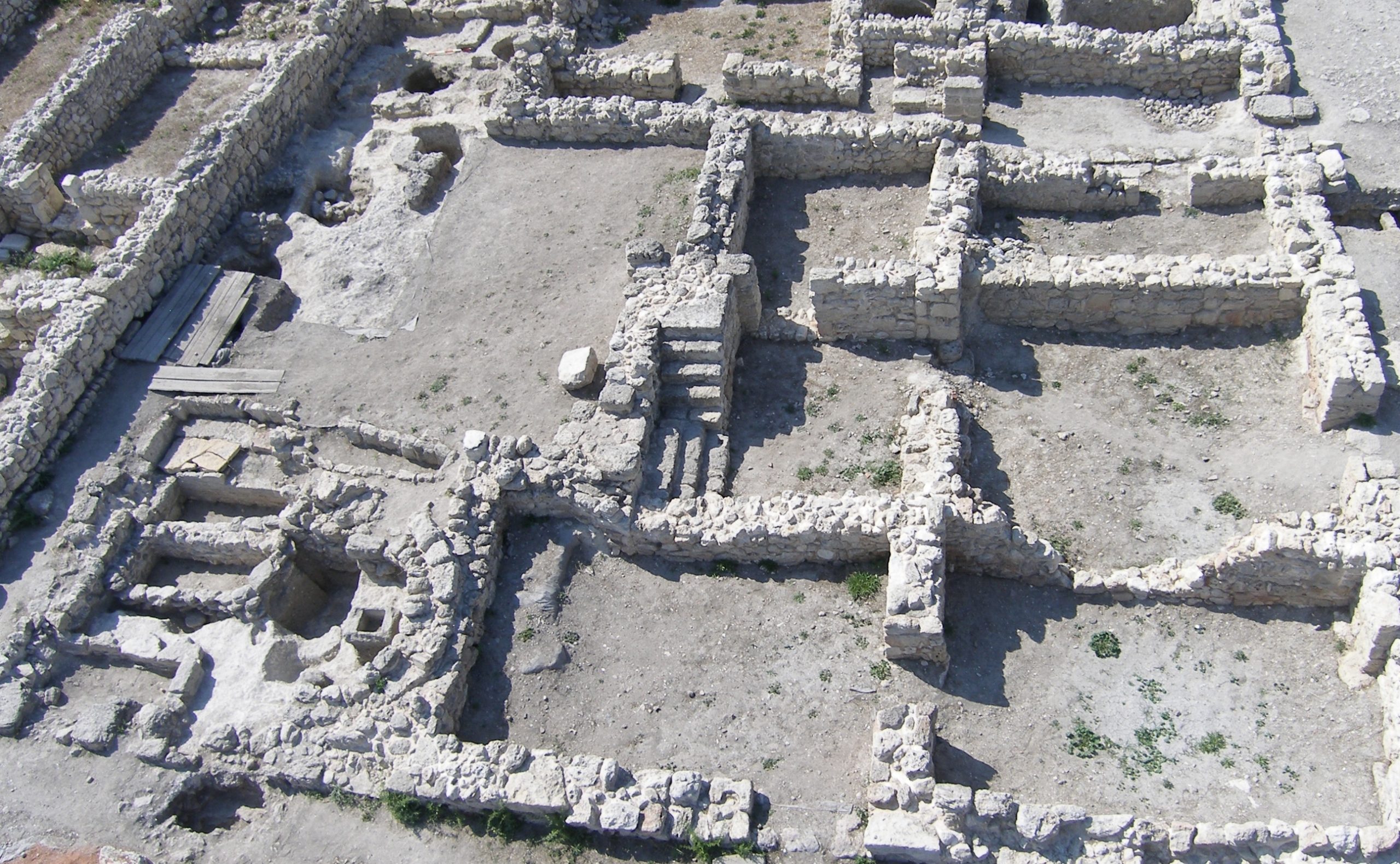
The modern methodology of Preliminary Archaeology allows the contemporary minimization of both the impact of the planned work on the historical-archaeological heritage and the project risks, e.g. the lengthening of the schedule and/or the rising costs due to “in progress” archaeological findings that could require further field investigations and subsequent project variations.
Regarding Preliminary Archeological Assessments related to the implementation of public and private works, VDP conducts studies concerning the determination of relevant archeological sites through area surveys, preventive archeological analyses, wide excavations and investigations. These methods verify reliably the work feasibility with particular concern over the safeguard of the archaeological heritage. VDP follows, during all the project stages, the formal procedure process by a direct relationship with the competent Authorities involved in work evaluation and authorization.
ARCHEOLOGICAL STUDIES
Data acquisition
• Literature and archive search;
• Cartographic and topographic analysis;
• Interpretation of aerial photographs and satellite images;
• Remote sensing;
• Survey on the involved areas.
Analysis and synthesis of obtained data with Archeological risk elaboration
The acquired data are collected, processed and graphically represented using dedicated software.
Through the cross-analysis of all the collected data, the archaeological degrees of risk concerning the project and the involved areas are defined, elaborated and discussed in special summary tables (Carte del Rischio Archeologico Assoluto e Relativo).
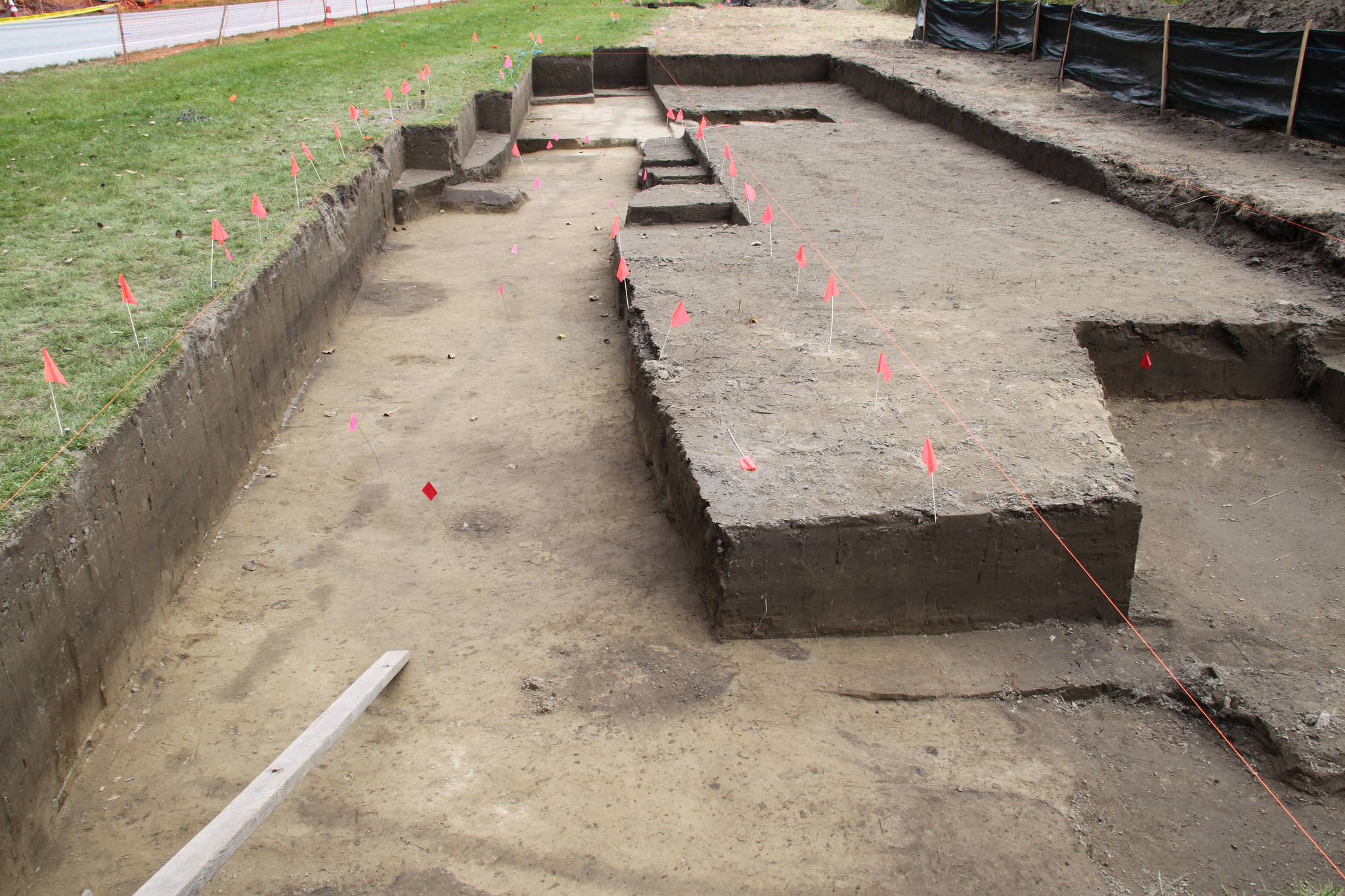
PLANNING AND EXECUTION OF PRELIMINARY INVESTIGATIONS
Indirect investigations
- Magnetic prospecting
- Electrical prospecting
- Electromagnetic Prospecting
- GPR (Ground Penetrating Radar) Prospecting
Direct investigations
- Continuous core sampling excavations;
- Explorative surveys;
- Archeological excavations.
DATABASE STORAGE AND MANAGEMENT
The surveys are carried out using GPS devices; data is stored directly on the GIS platform with minimal time of post-processing. Database structure and implementation is developed thanks to geographic information systems aimed at creating organized archives in the GIS Environment.
RECOVERY, CONSERVATION AND ENHANCEMENT OF CULTURAL HERITAGE
The setting-up of archaeological maps allows the determination of areas and paths of historical and cultural interest in order to identify actions able to enhance and re-use existing resources, in accordance with planning recommendations.
Preliminary Archeological Assessments are structured into two phases aimed at developing progressive levels of in-depth archaeological investigation.
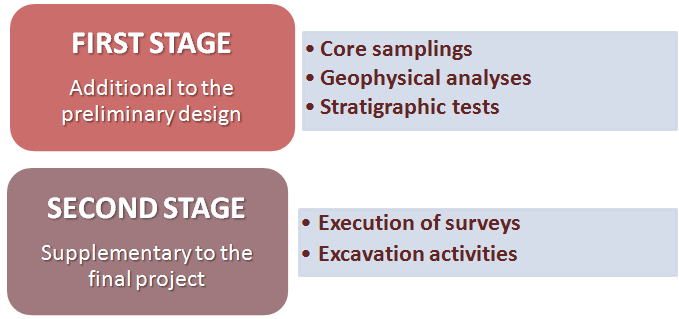
The next stage execution is subject to the identification of archaeologically significant items arising from the outcome of the previous phase.
The activities characterizing the first part, the one supplementary to the preliminary design, are intended to clarify the nature and extent of the documented or presumed archeological presence in the project site. This verification is carried out following the demands and requirements of the competent Archaeological Superintendence. It is possible to provide both indirect (geophysical analysis) and direct (core sampling, stratigraphic tests) methods of analysis.
Core samplings are an essential tool to assess the consistency of the archaeological deposits, geophysical analyses are useful in the less urbanized areas when it is known the structure of the remains and their approximate depth; while stratigraphic tests represent the most reliable and easiest to interpret technique of archaeological preliminary assessment.
The second stage includes a deeper analysis, as the extensive excavation activities allow the full implementation of the archaeological stratification process.
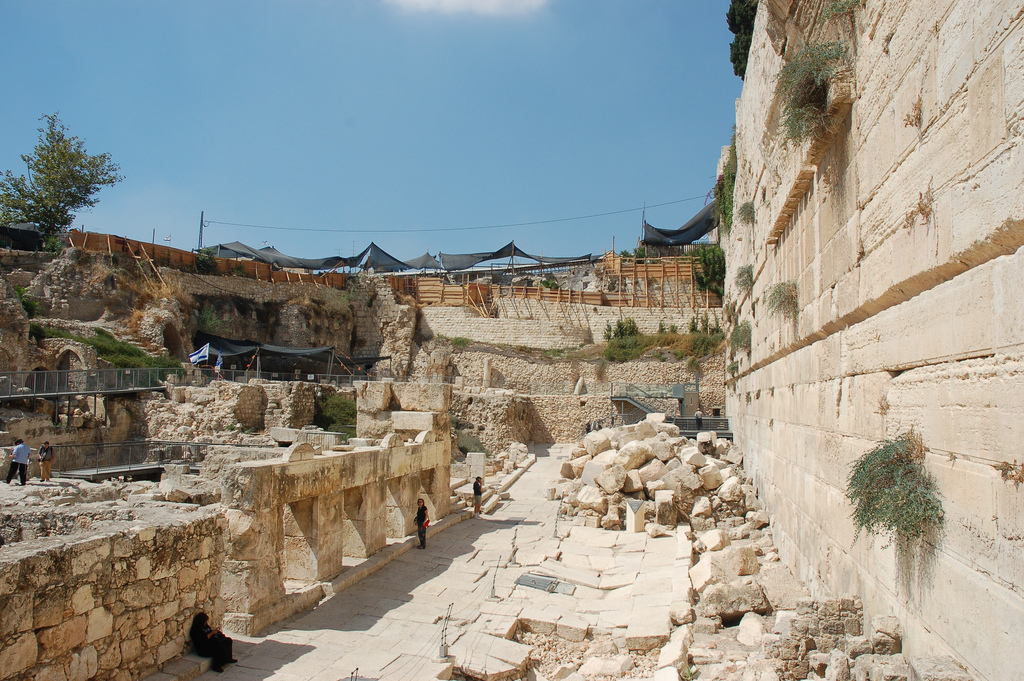
The final project regarding archaeological excavations, requested by legislation in the second phase of the archaeological interest verification procedure, takes into account all the previous survey results and includes:
a) Surveys and investigations;
b) Excavations;
c) Excavation documentation, such as excavation journals, stratigraphic sheets, graphic and photographic documentation;
d) Restoration of discovered remains;
e) Catalogue of the remains and storage of the samples to be analyzed;
f) Study and publication;
g) Preliminary project concerning the exhibition of the archeological discoveries;
h) Maintenance program.
Therefore the verifications necessary to identify the archaeological context are carried out prior to the approval of the final project in order to define, before the start of the construction activities, the impact of the work. In this way it is possible to greatly reduce further excavation requests and tutelage measures which result in increased costs and project delay.
The procedure ends with the drafting of the final archaeological report, approved by the competent Archaeological Superintendence.
The final archeological report allows an original reconstruction of the settlement with the identification of historical-topographical peculiarities in order to evaluate the work impact on the archaeological, artistic and historical elements of the territory, but most importantly, it permits the schedule of potential preliminary investigations.
Its stages can be summarized as follows:
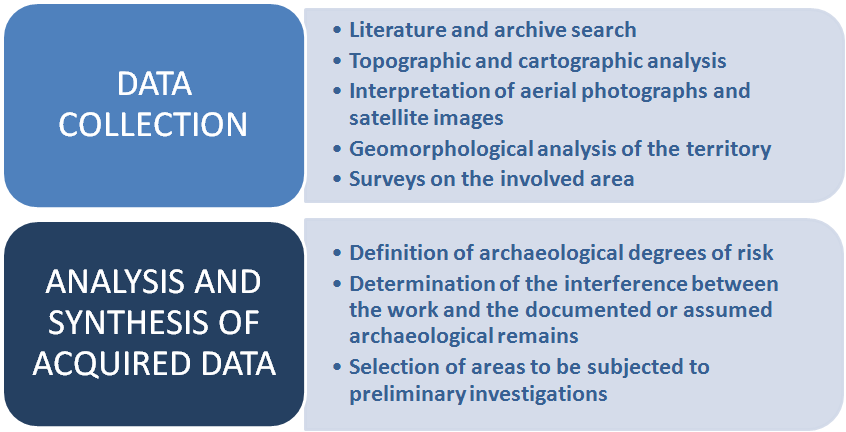
-
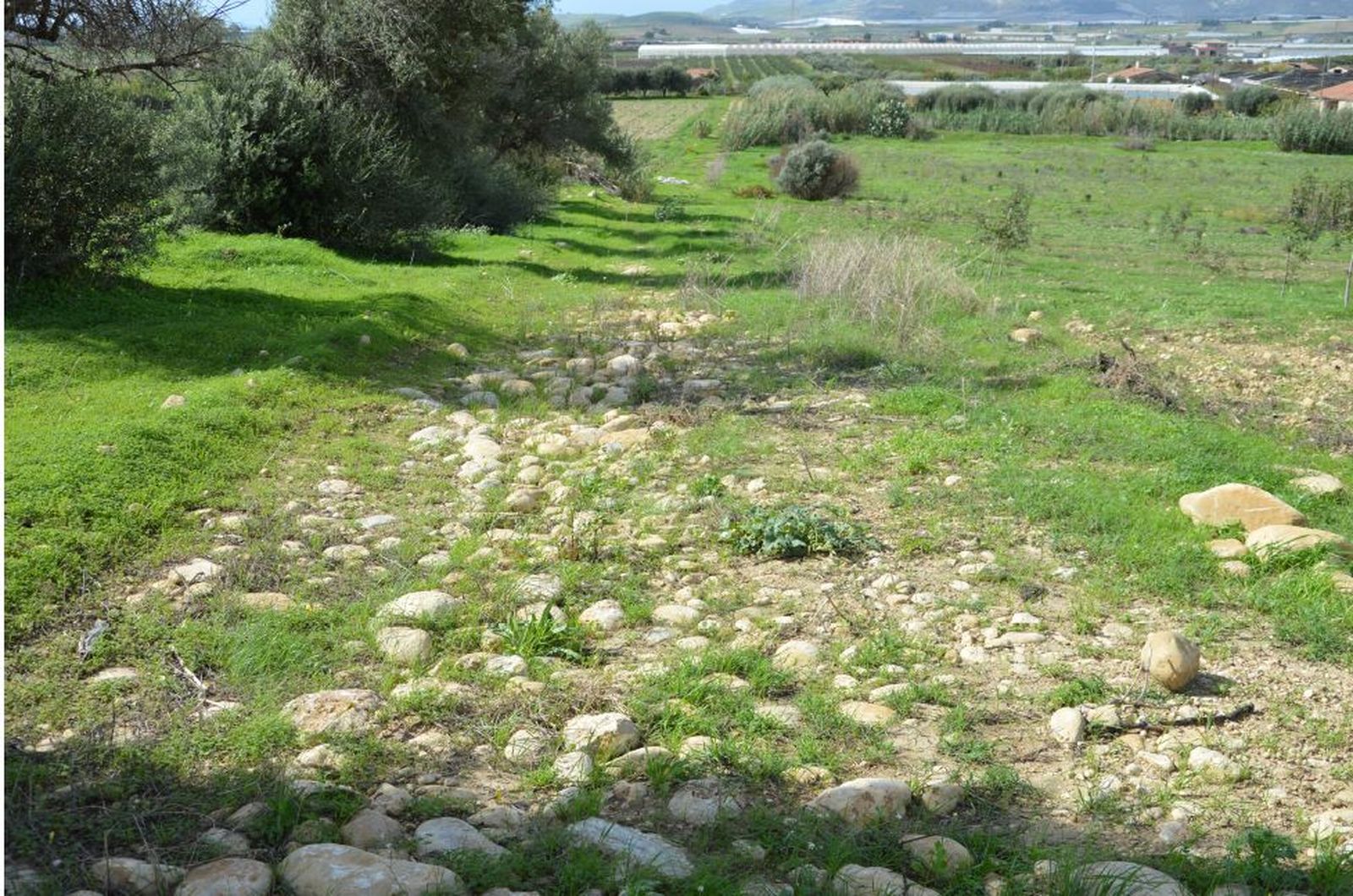 Framework contract ANAS – Archaeological StudiesSettore: Roads & Highways
Framework contract ANAS – Archaeological StudiesSettore: Roads & Highways -
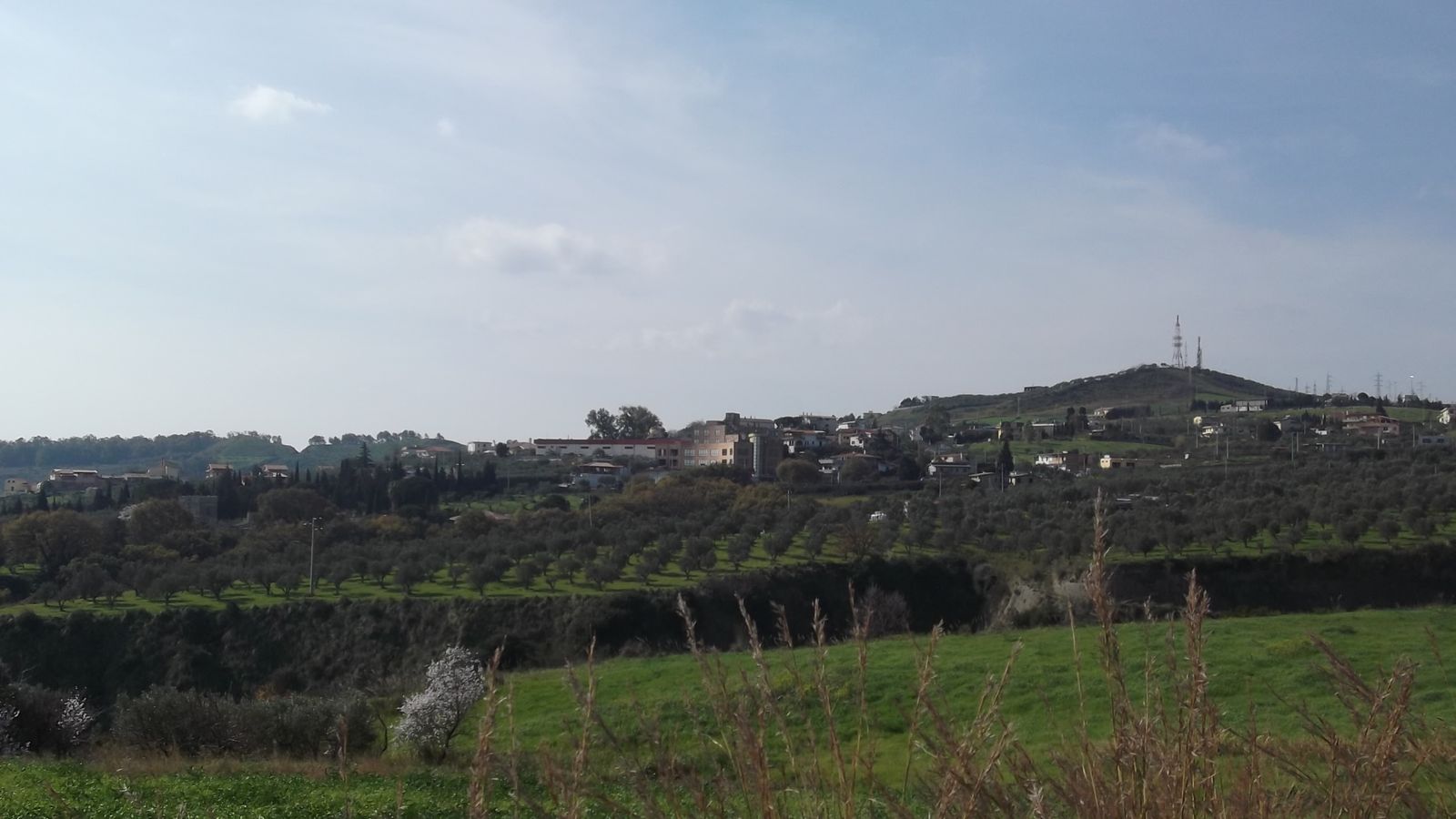 150 kV Powerline Calusia – CatanzaroSettore: Energy Infrastructures
150 kV Powerline Calusia – CatanzaroSettore: Energy Infrastructures -
 Gas Pipeline Italy-MaltaSettore: Energy Infrastructures
Gas Pipeline Italy-MaltaSettore: Energy Infrastructures -
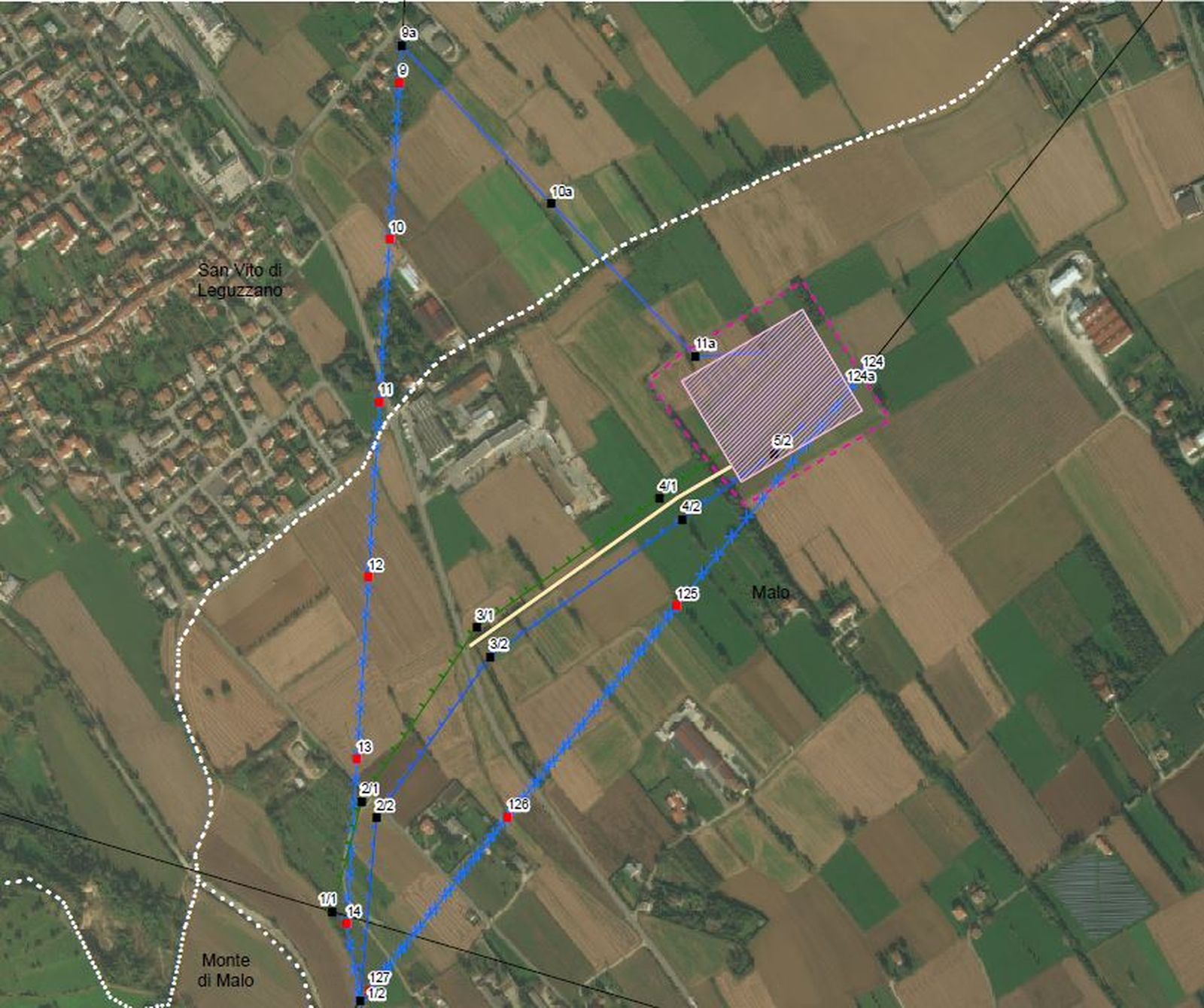 132/220 kV Transimission substation – Malo (VI)Settore: Energy Infrastructures
132/220 kV Transimission substation – Malo (VI)Settore: Energy Infrastructures -
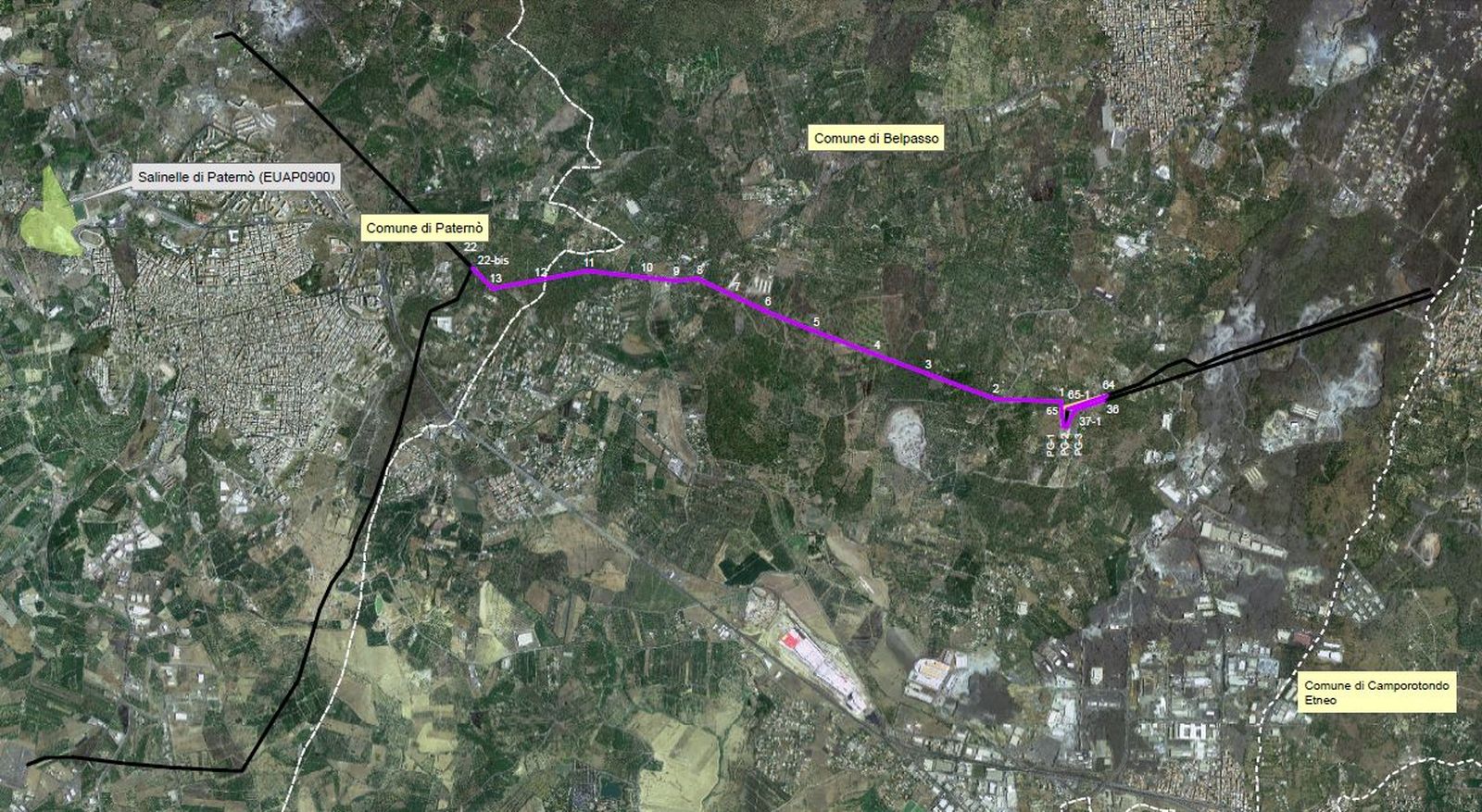 150 kV overhead power line – Paternò – Belpasso (CT)Settore: Energy Infrastructures
150 kV overhead power line – Paternò – Belpasso (CT)Settore: Energy Infrastructures -
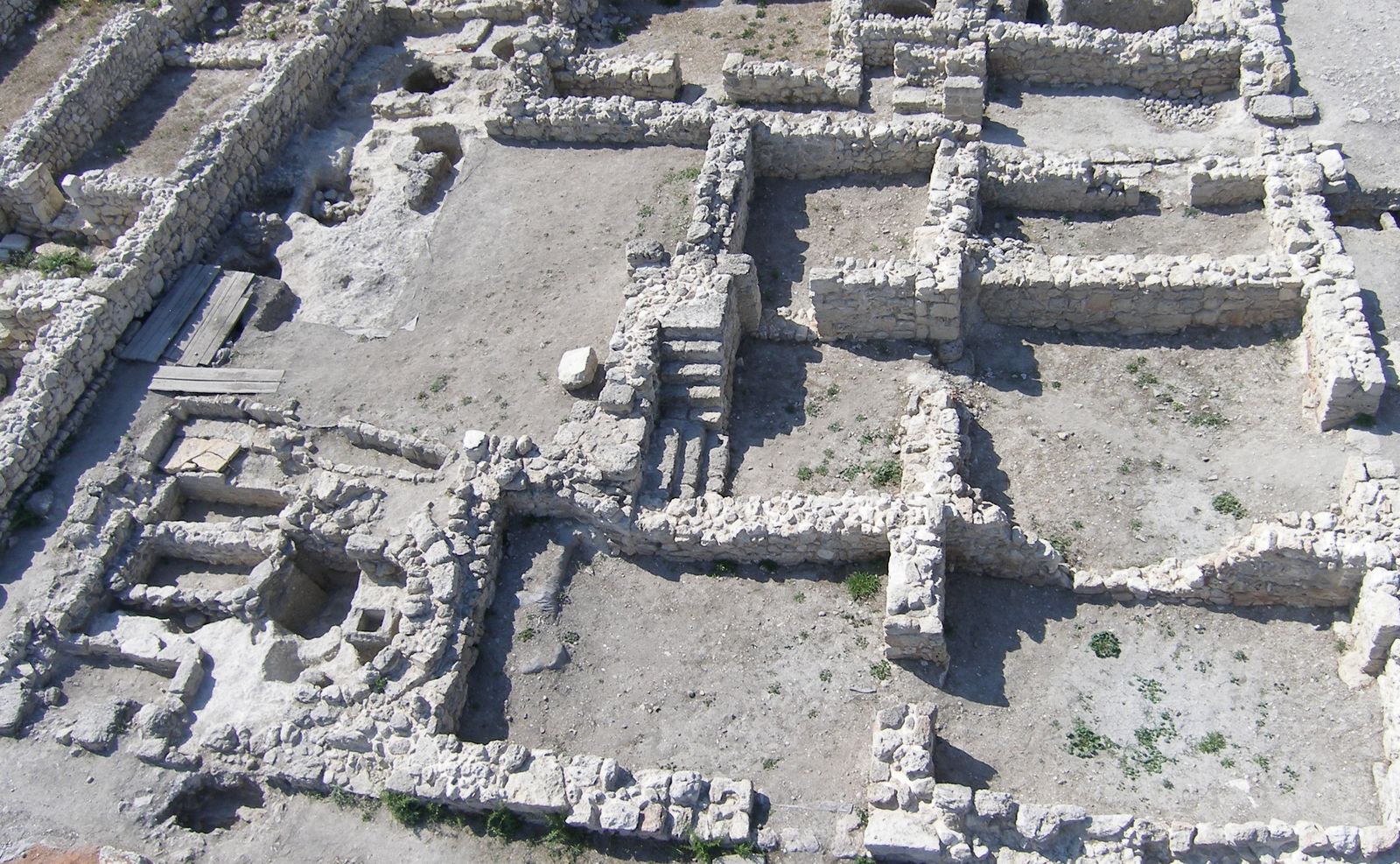 Italferr Framework Contract – Archaeological studiesSettore: Railways & Station
Italferr Framework Contract – Archaeological studiesSettore: Railways & Station -
 State Road 16 – Bellaria-Misano stretchSettore: Roads & Highways
State Road 16 – Bellaria-Misano stretchSettore: Roads & Highways -
 Rome Fiumicino Airport – Fiumicino South ProjectSettore: Airports
Rome Fiumicino Airport – Fiumicino South ProjectSettore: Airports -
 Rome Fiumicino Airport – Development PlanSettore: Airports
Rome Fiumicino Airport – Development PlanSettore: Airports -
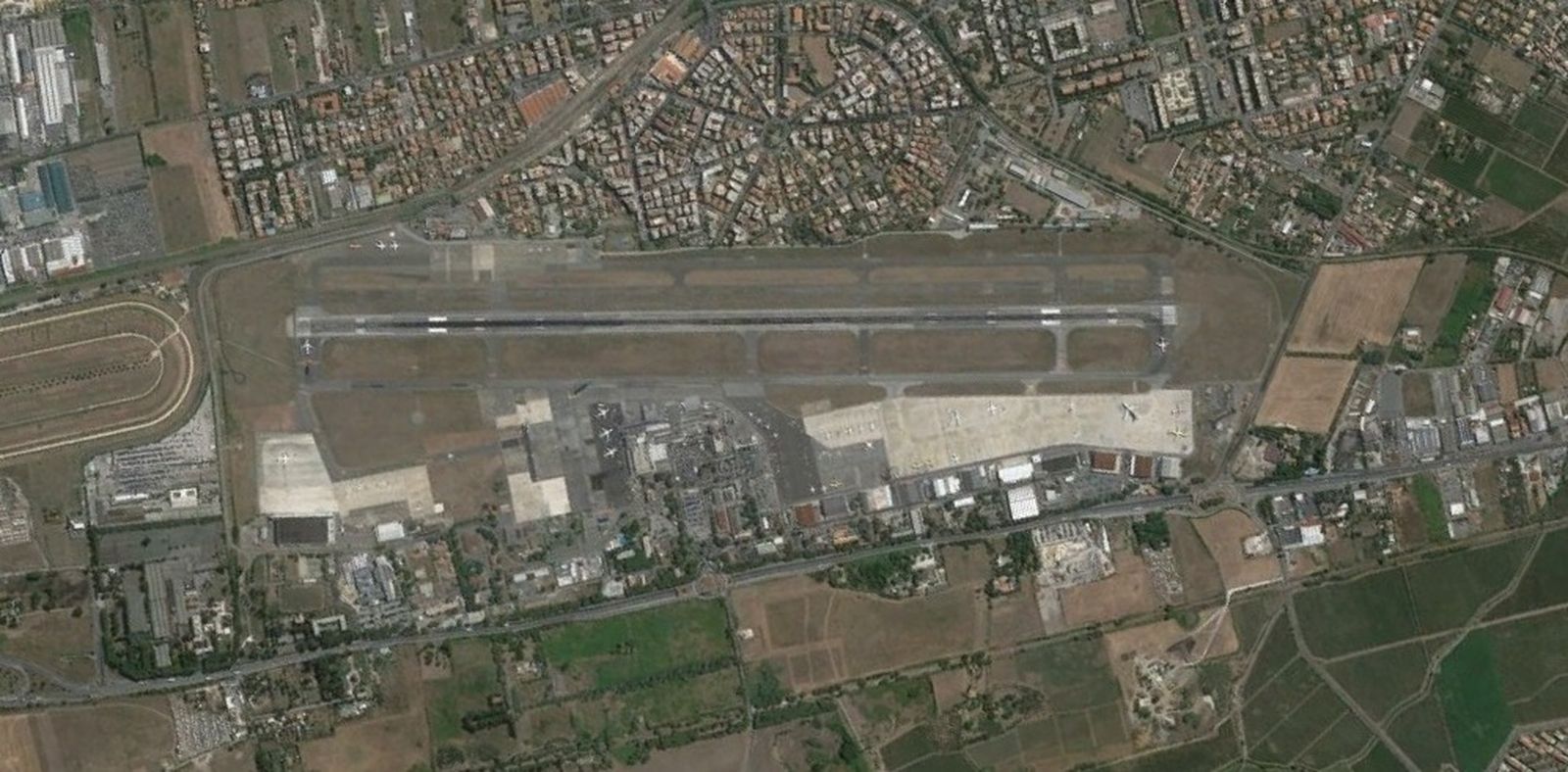 Rome Ciampino AirportSettore: Airports
Rome Ciampino AirportSettore: Airports -
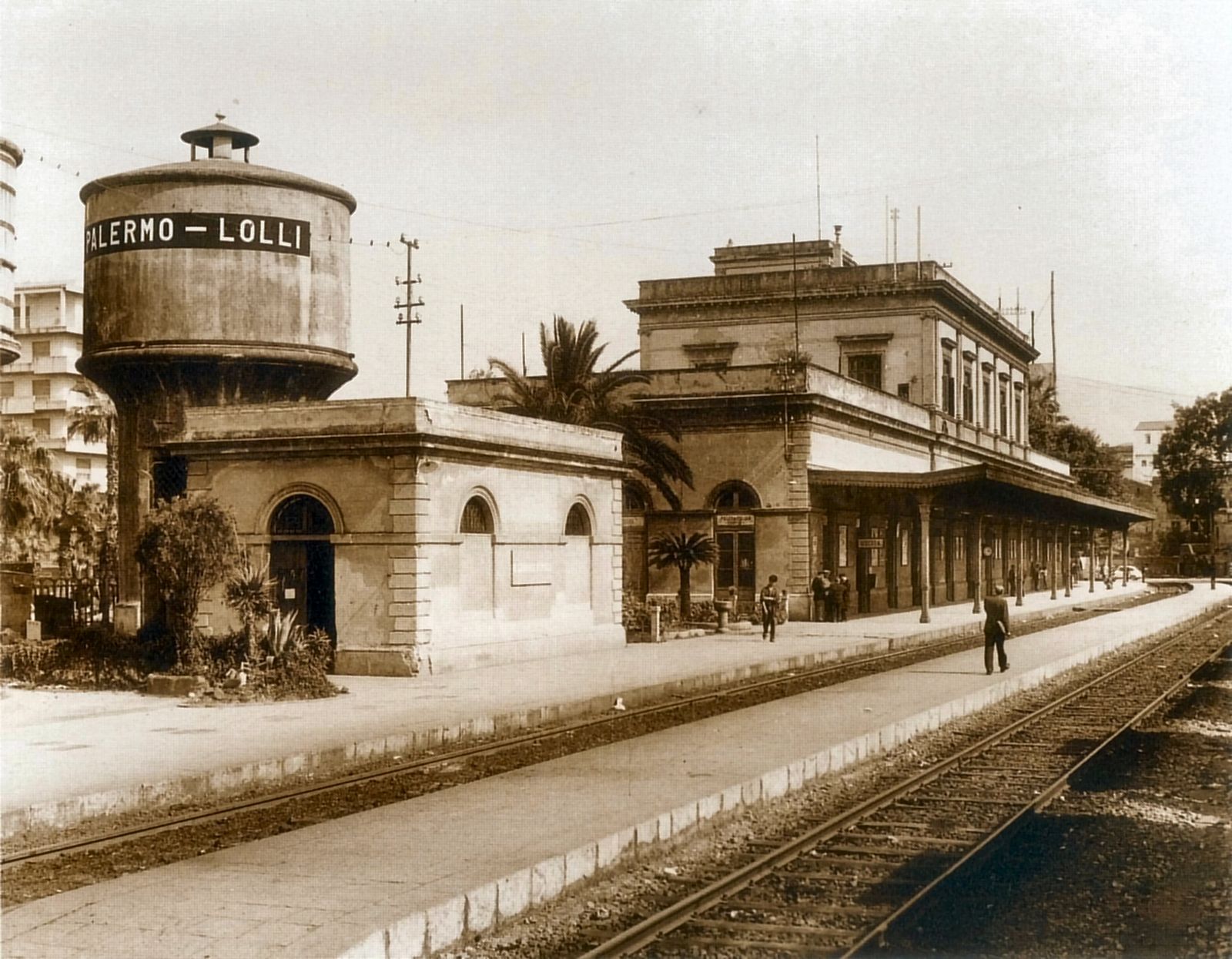 Palermo metropolitan railway serviceSettore: Urban Transport
Palermo metropolitan railway serviceSettore: Urban Transport -
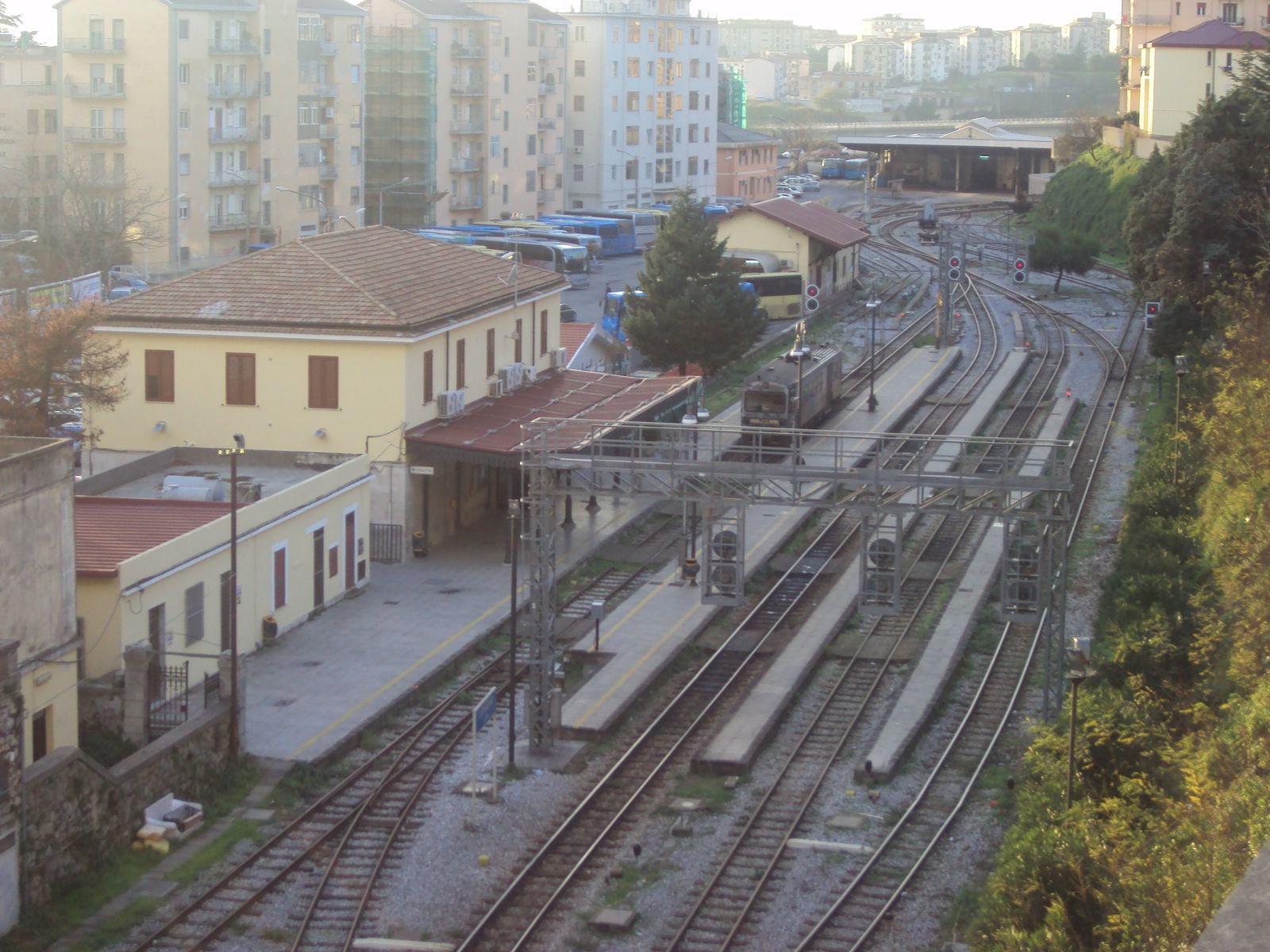 Catanzaro–Lamezia Terme Railway LineSettore: Railways & Station
Catanzaro–Lamezia Terme Railway LineSettore: Railways & Station -
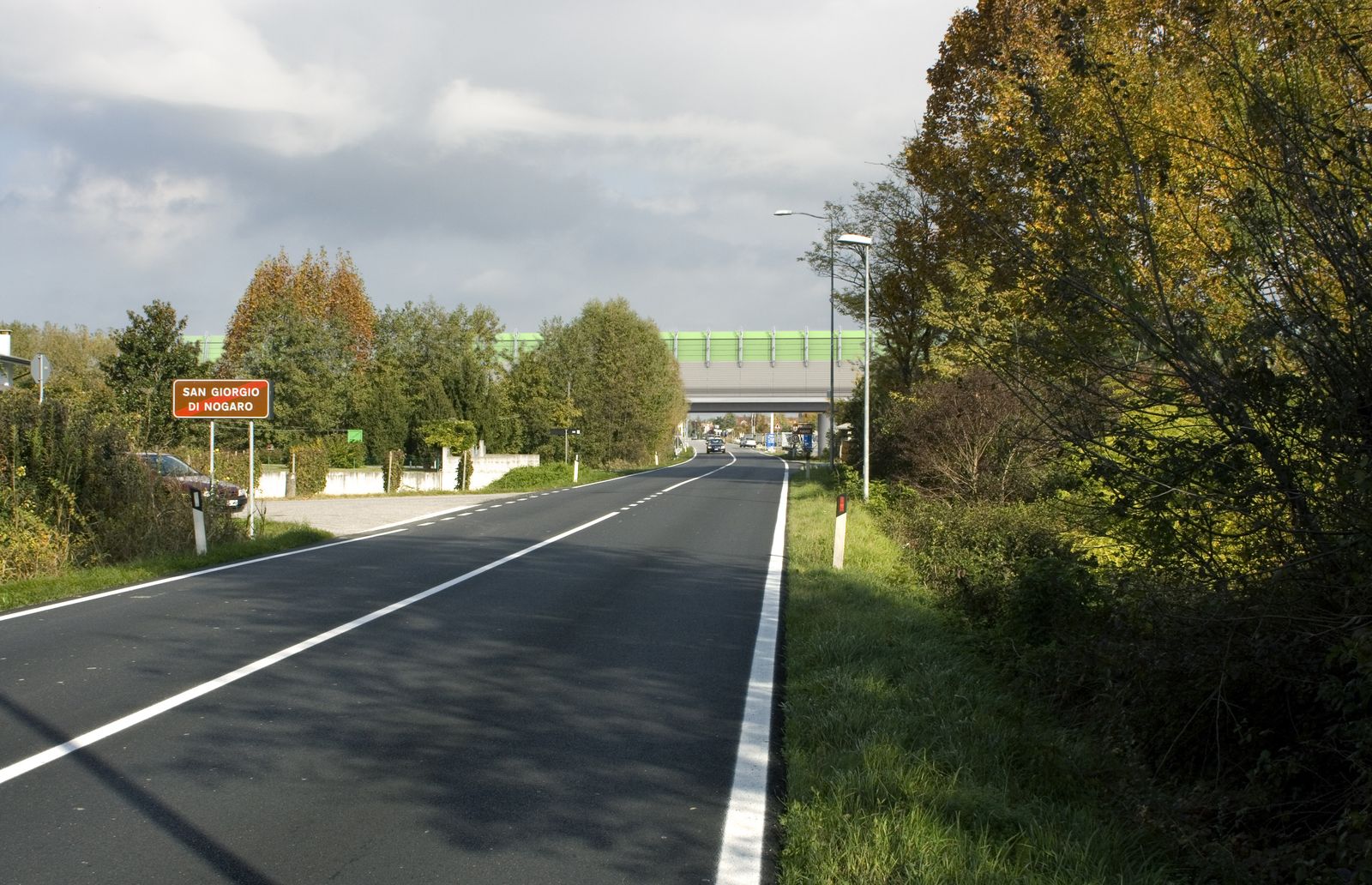 Venice Airport–Ronchi dei Legionari Railway LineSettore: Railways & Station
Venice Airport–Ronchi dei Legionari Railway LineSettore: Railways & Station -
 220 kV Austria – Italy InterconnectionSettore: Energy Infrastructures
220 kV Austria – Italy InterconnectionSettore: Energy Infrastructures -
 Campania Islands Interconnection with the NTGSettore: Energy Infrastructures
Campania Islands Interconnection with the NTGSettore: Energy Infrastructures -
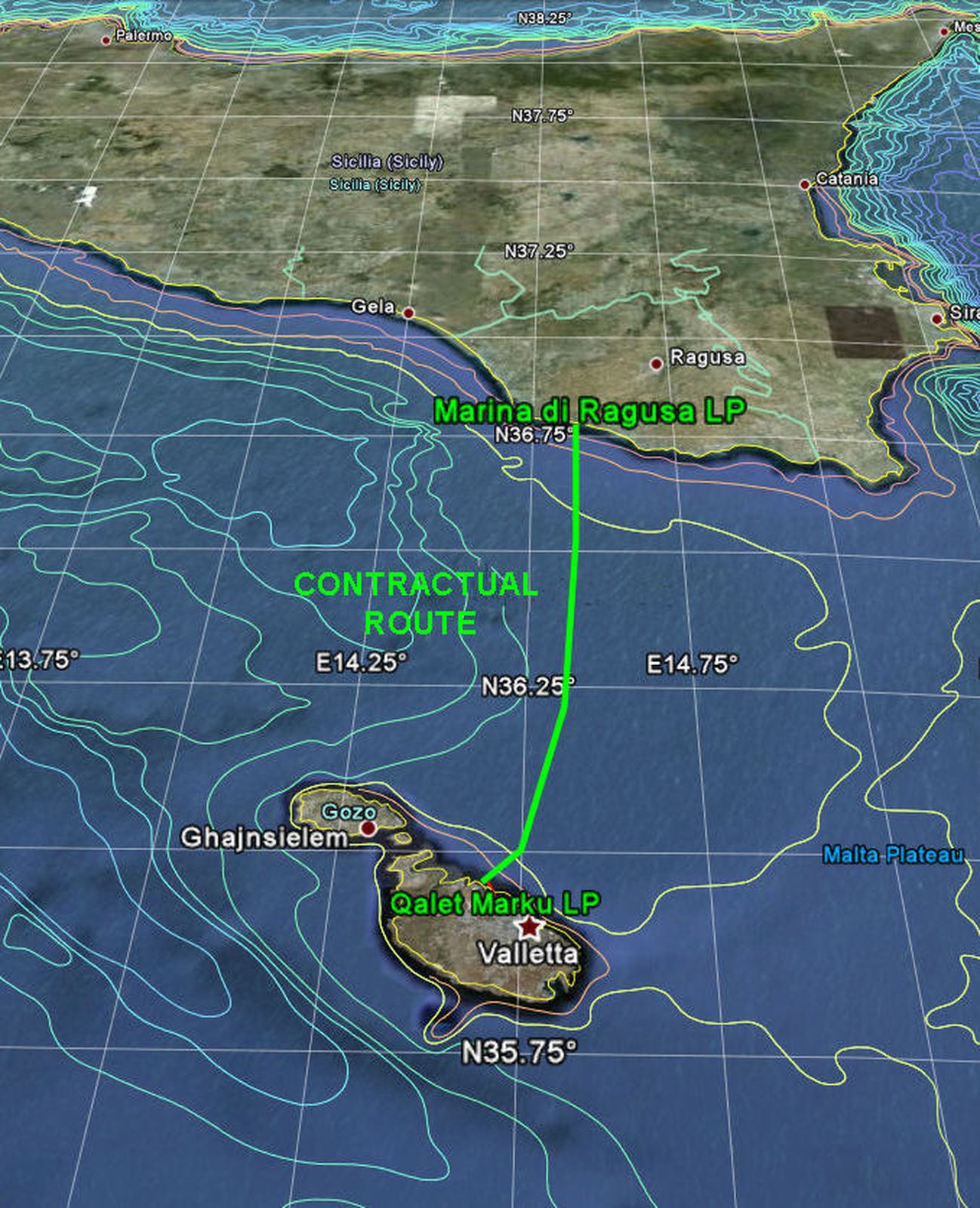 220 kV Italy – Malta submarine interconnector – EISSettore: Energy Infrastructures
220 kV Italy – Malta submarine interconnector – EISSettore: Energy Infrastructures -
 Brindisi AirportSettore: Airports
Brindisi AirportSettore: Airports -
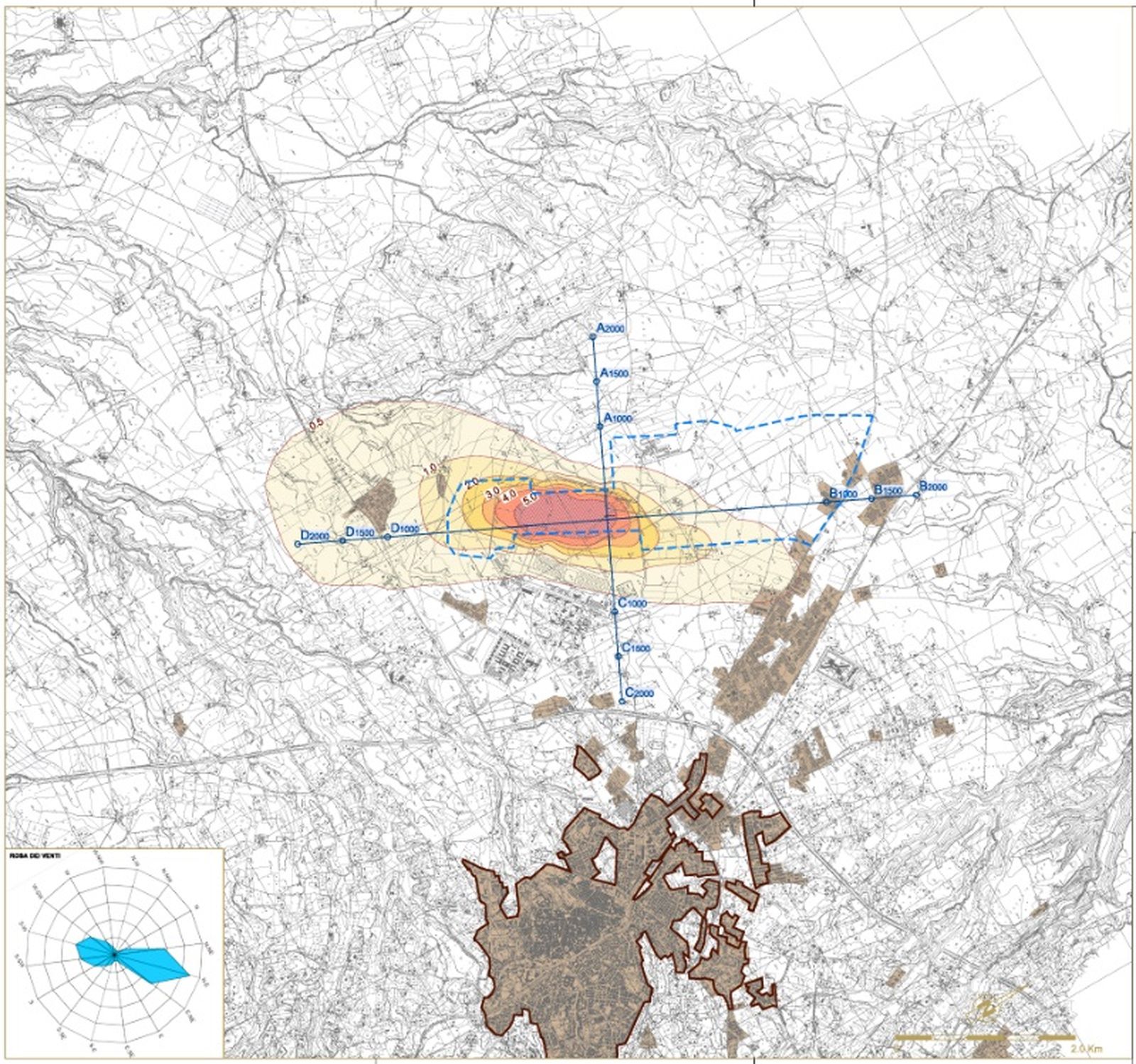 Viterbo Airport HubSettore: Airports
Viterbo Airport HubSettore: Airports -
 Bari AirportSettore: Airports
Bari AirportSettore: Airports -
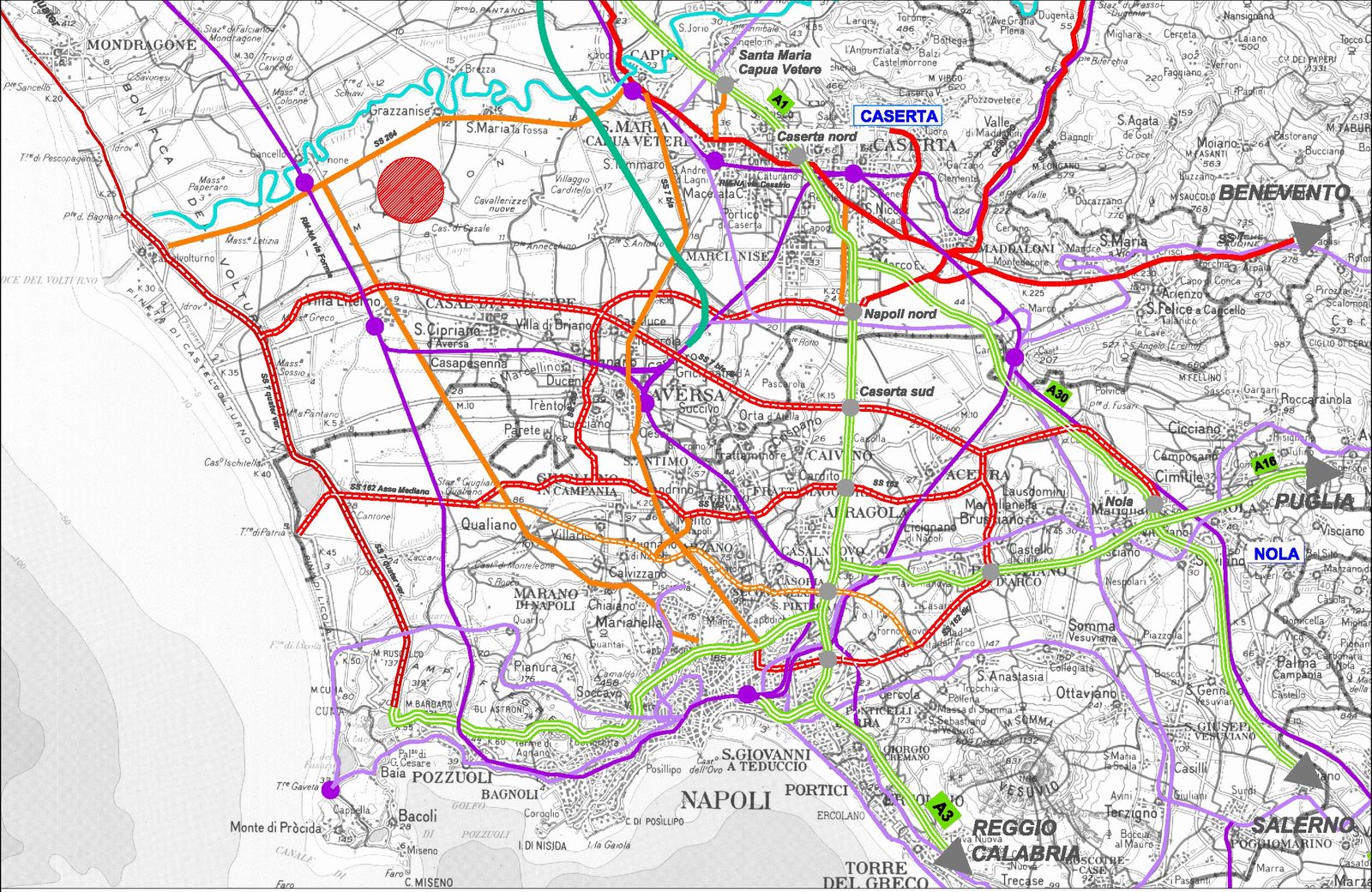 Grazzanise Airport (CE)Settore: Airports
Grazzanise Airport (CE)Settore: Airports